Sainsbury’s Design Studio, 1962- 1977 Free display, located on the balcony gallery
Cornflakes to Cola
Marking Sainsbury's 150-year anniversary, this playful display celebrates the work of the relatively unknown but highly successful Sainsbury’s Design Studio. From salt and vinegar crisps to cornflakes, discover how graphic design influenced consumer behaviour, both then and today.
What to expect
In 1950 Sainsbury’s opened its first self-service store in Croydon. This marked a pivotal moment as it was the first time that shoppers in the UK could help themselves to products directly from the shelves. Rationing from World War II would come to an end in 1954, beginning a new era of abundance.
In self-service stores packaging design took on a new importance as the only way of communicating information about the product. Sainsbury’s was quick to understand this, and in 1963 set up its own in-house design team, led by graphic designer Peter Dixon. Although small in size, the team had a prodigious output, creating hundreds of new packaging designs each year.
Rigorously overseen by the CEO John Sainsbury, the team was also responsible for designing the company’s broader brand identity, from staff passes to delivery trucks. Every element had to communicate the company’s messaging. In retrospect however, they also reveal the energy and optimism of the period, where even a packet of cornflakes could be playful and modern.’

In 1963 Sainsbury’s hired an in-house design team to produce all of the company’s packaging designs. The team was led by Peter Dixon. Every Monday morning, Dixon met with the company’s CEO Mr John Sainsbury, and the advertising manager Jim Woods, to review new designs. Sainsbury took a keen interest in the design process and personally approved every single design for ‘own label’ products. Image credit: The Sainsbury Archive.
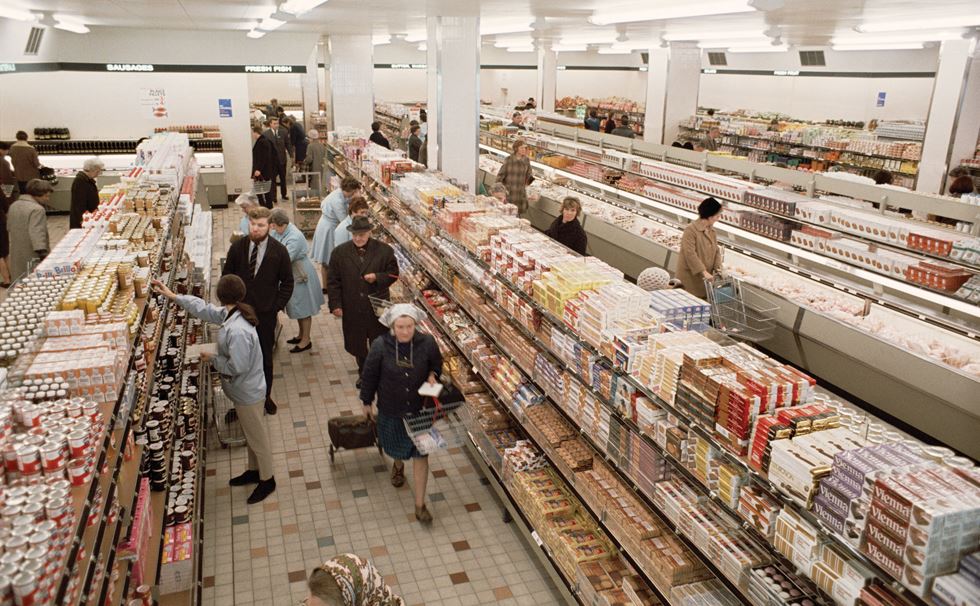
Until the advent of self-service stores, food in the UK was bought from small local shops where customers were served from behind a counter. Sainsbury’s was inspired to move away from this model after visits to the United States, where large self-service shops with a huge variety of products were the norm.
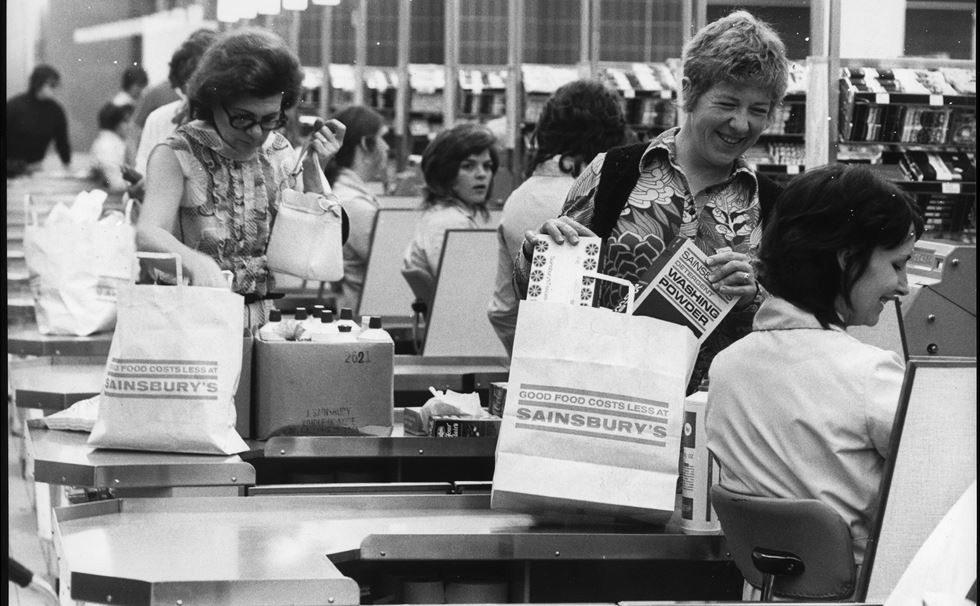
Sainsbury's Wandsworth, check-out during the late 1960s.

Sainsbury’s Own cereals, 1969-1976.

Process material for Sainsbury’s Own Dog and Cat Food, 1976.
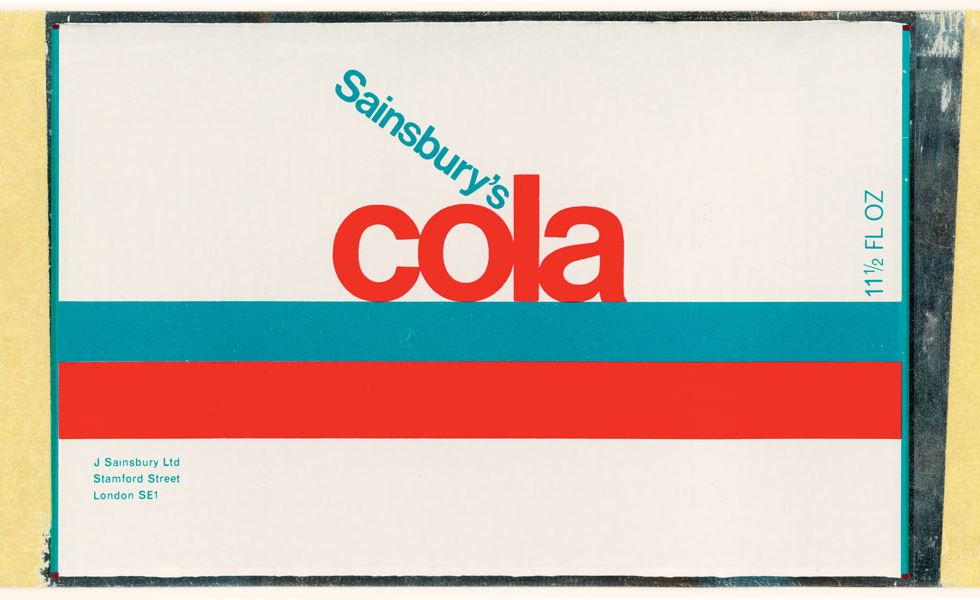
Sainsbury insisted that typography should never run uphill, as diagonal writing was not instantly legible. Dixon fought his case however, and eventually had his ideal design produced, with its playful suggestion of a typographic straw.

Sainsbury's own brand cola can, 1966.

Throughout the 1960s and early 1970s, the design team had a prodigious rate of output, with each designer expected to deliver two to three package designs a week. Changes in society were being reflected in the types of products customers wanted, from convenience foods for working mothers, to Mediterranean products for those who had just taken their first foreign holiday.
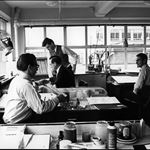
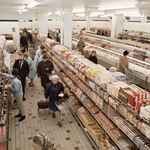

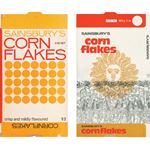
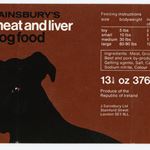

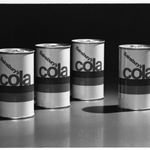
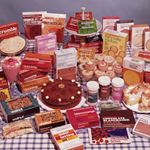
Booking information
This is a free display.
Open daily 10:00 – 18:00 (last admission 17:00).
All images copyright: The Sainsbury Archive, Museum of London Docklands.
Shop